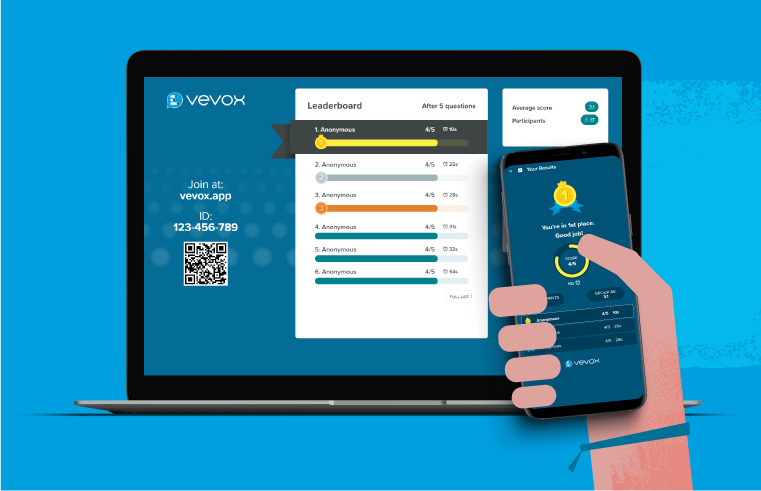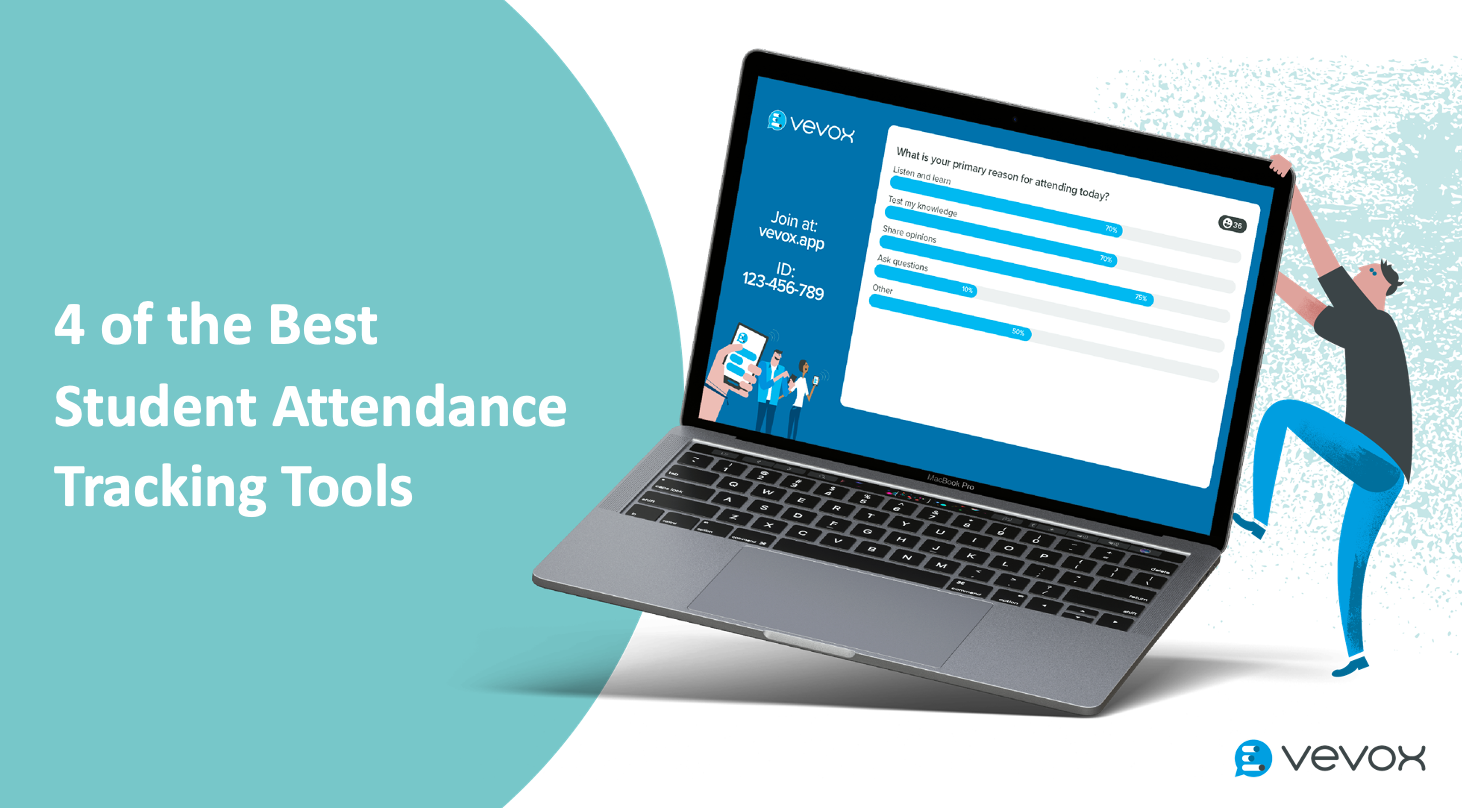Increasing student engagement and lecture participation can be difficult, even for the most experienced of educators. That's why these two issues are the main targets/objectives every educator is after. Over the past decade, student response systems also known as interactive response systems or audience response systems have emerged as the best way to tackle the lack of engagement, and they evolved drastically. However, the most notable change is the shift from hardware, like iClicker and Turning Technology, to software and apps that can be downloaded to personal devices. As the number of digital tools keep increasing how do you as a lecturer or a learning technologist decide which platform is the best? According to a report called “Getting a read on the app stores” from the Joan Ganz Cooney Center, there are around 100,000 apps labelled as “education” in digital app stores, so how do you know which one is the right one for your institution? Here are a few things to consider before deciding:
1. Ensure your Learning objectives and use of technology align with the Uni goal
The learning objectives should be one of the main guides for the software selection. Therefore, you need to look at the big picture and address questions such as: what are the goals for your student response system, and how are these addressed in the new system’s plan? Are you trying to get more lecturers and students using technology? Is this a part of a bigger student engagement plan? Do you only want a low-cost polling option? Basically, you’re deciding on a system that can meet your current goals and needs, but will continue to perform in the future as your University goals and needs change.
2. Assess and appraise the capabilities of each platform
It’s crucial to choose a platform that is simple to roll out at an institutional level. Here are few points you should check when assessing the system and the organisation:
-
• Do they offer integration with your existing learning management system?
-
• Do they offer training session plans to get lecturers and students quickly up to speed? Will the training be done online or in person? Will there be a dedicated Customer Success Manager within the platform’s organization or will you be relying on a general support function?
-
• What’s the scalability model? Has the company successfully implemented their system on a large scale? Check the case studies of other Universities that used the platform and how did it help they achieve their goals?
-
• What’s the platform reliability? Specifically, how often and for how long over the past year has the system been down? How does the organisayion deal with sowtware updates and maintenance? It’s important that you choose a trusted platform so you don’t waste precious time.
3. Bear in mind the cost to students
There are a lot of different systems being used across Universities and colleges, and most of them are competing on price. This is something that should also be top of the mind for administrators, because there should be a low or non-existent financial burden to students. Another issue is the time-management cost of students operating several subscriptions to different systems? The best solution is to have one platform that’s used consistently across the University.



.png)

